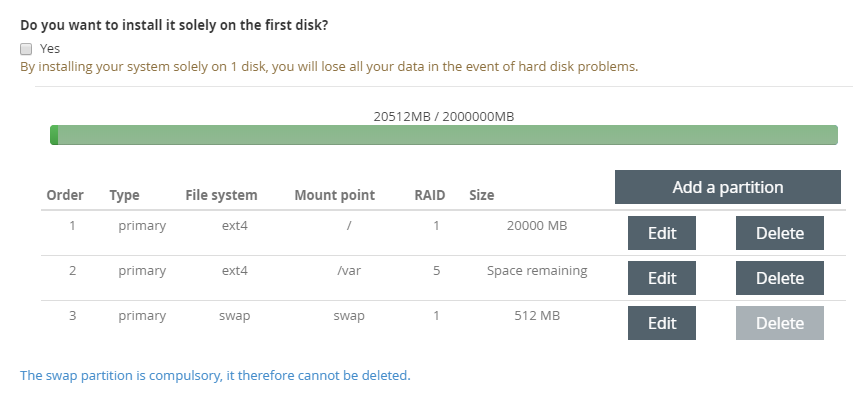
Then, having viewed the recovered files, you can easily export the recovered data to another source of information.So, like many first time ThunderBay owners, I started my RAID setup using the OWC supplied SoftRAID XT. In other words, you don't have to run almost anything just follow the directions from the Recovery Wizard and wait for the scan results. The program is designed to recover data from an array since that is where the automatic reading and determination of the RAID configuration, its state, disk sequence, etc.

You can get full confidence in this by downloading DiskInternals RAID Recovery.

You must be prepared in case of premature data loss in the array.

If you do not need to dual-boot with Windows, then it is better to use a genuine controller. Of course, software RAID on Linux is very secure and reliable. All this can be done without booting into the operating system. And it is FakeRAID that allows these users to seamlessly access partitions from Linux or Windows.Īlso, when you use Fake RAID in Linux, should the hard drive fail and you can identify the disk mirror, you can shut down the system, replace the failed disk and restore the mirror from BIOS. They remove the need to add a separate hard drive just so that they can boot Linux. Such configurations are common among users who use multiple operating systems on the same computer. Most often, it is Linux-based.įor users, the most common reason for using fakeRAID is in a dual-boot environment where both Linux and Windows need to be able to read and write to the same RAID partitions. Software RAID or fakeRAID is not always Windows-based. FakeRAID accepts bad bits of software RAID (such as the impossibility of multiplexing to save bus bandwidth).Īs a result, the main advantages of a software RAID will not be possible in FakeRAID, namely: It should be noted that there is no significant performance difference between software RAID and FakeRAID, as FakeRAID is more or less software RAID anyway. This feature is often used by small organizations. With the advent of FakeRAID drives, it is becoming a popular option to simply mirror two 1.5 TB drives without the need for an expensive hardware RAID 5.

That is, they are simply multi-channel disk controllers with special BIOS configuration parameters and software drivers that enable the OS to perform RAID operations. In most cases, none of these are true hardware RAID controllers. Are you ready? Let's read! FakeRAID: what is it?įakeRAID (also called "HostRAID") can be provided on many desktop and workstation motherboards and on lower-end servers such as the HP D元60 G5 for free.


 0 kommentar(er)
0 kommentar(er)
